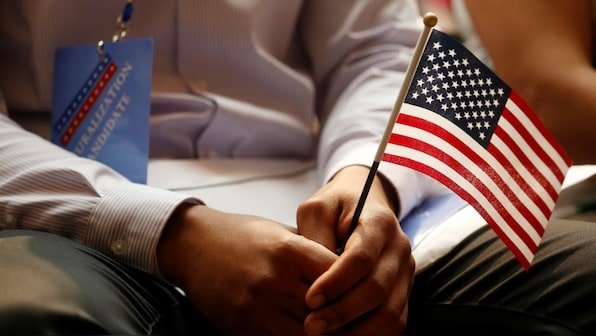
For nearly 1.34 lakh dependent Indian immigrants in the United States, turning 21 this year won’t be a milestone to celebrate—it will be a ticking clock that could possibly force them into “self-deportation” from the only country they’ve ever known as home.
Known as “documented dreamers,” these individuals arrived in the US as children with their NRI parents on H-4 dependent visas. However, the moment they turn 21, their visa expires, leaving them in legal limbo.
Until now, US immigration policies provided a two-year window for these young adults to transition to a different visa status after “aging out.” But a series of policy shifts under the Trump administration, combined with recent court rulings, has thrown their future into uncertainty.
So why is this happening, and what options do they have now? Here’s a closer look.
The DACA ruling
A recent ruling by a US federal appeals court in Texas has declared the Deferred Action for Childhood Arrivals (DACA) programme unlawful, leaving thousands of young immigrants, including many Indians, facing an uncertain future.
Introduced by then-President Barack Obama in 2012, DACA offered temporary, renewable two-year protection from deportation to undocumented immigrants who arrived in the US as children, including those on dependent visas.
DACA offered temporary, renewable two-year protection from deportation to undocumented immigrants who arrived in the US as children, including those on dependent visas. It was ruled unlawful by the Texas court. Image for Representation. Pixabay
At the time, Obama described the move as an effort to “mend our nation’s immigration policy, to make it more fair, more efficient, and more just – specifically for certain young people sometimes called ‘Dreamers’.”
Content retrieved from: https://www.firstpost.com/explainers/dependent-indian-h4-visas-us-self-deportation-13869457.html.




